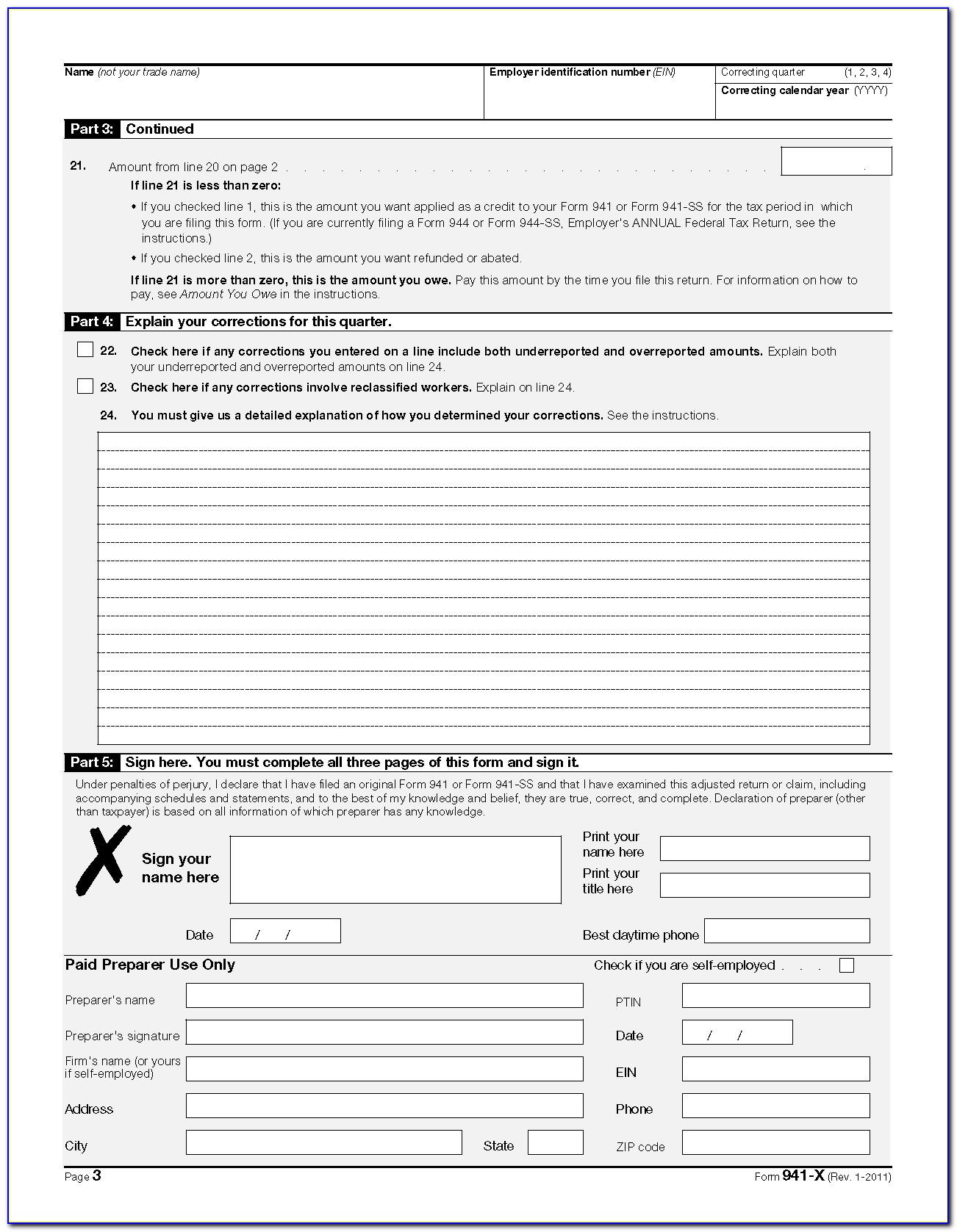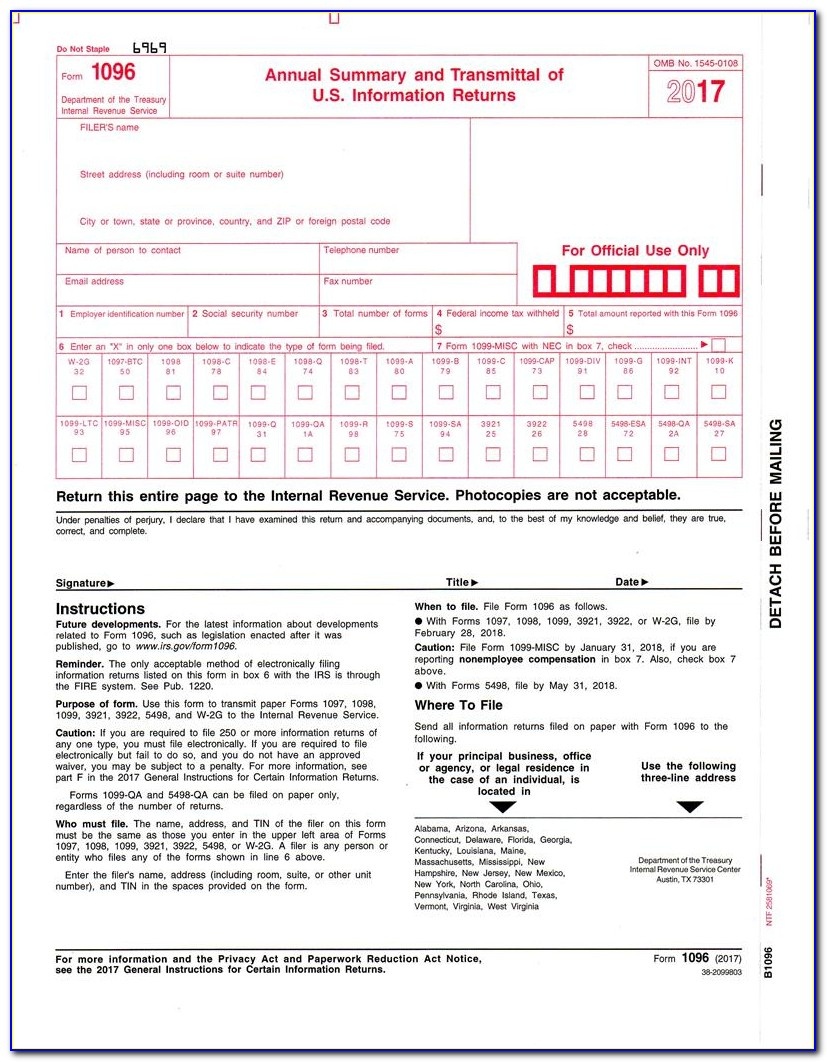


(Or, if you’re using an earlier version, you can get form fields with this trick.) I’m going to focus on doing it with the built-in tools. However, the method I prefer is to make a generic PDF, then fill it in in Acrobat, and then print from there. If you do that, be sure to hide the background image layer or set it to non-printing first.

You have two options here: First, you could simply make text frames for each area on the form, fill them out, then print directly from InDesign. Then create a new layer for your form objects. When you place the form image in InDesign, align it to the page as well as you can, then put it on its own layer and lock the layer.

You could even take a photo with your phone and place that, as long as the image isn’t distorted. I use a Fujitsu ScanSnap to scan almost every kind of document these days, but any scanner will do. The solution is to scan the form and place the image in InDesign. InDesign is great at putting things in the right place, but you need to know where to put them. The problem was putting the right information in the right place. I had the preprinted forms I needed to fill out, and I knew I could print on them with my desktop laser printer. (But I’ll give you one at the end of this article.) Find a PDF form that someone else has created which you can fill out and print from.There are two good solutions to this problem: (Some other accounting programs do, such as Quickbooks and MYOB, but that’s overkill for me.) This was the conundrum I was faced with recently when I needed to fill out some 1099 MISC forms for some people I had hired last year. I only had a few to fill out, and I use an old version of Quicken for my personal finances, which doesn’t print 1099 forms. What do you do when you have to fill out a printed form, and you want it to look “typed”? (Remember typewriters? Remember how easy it was to stick a form in them and type in your answers?! Sigh.)


 0 kommentar(er)
0 kommentar(er)
